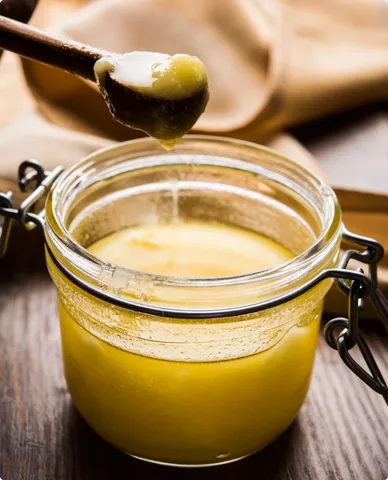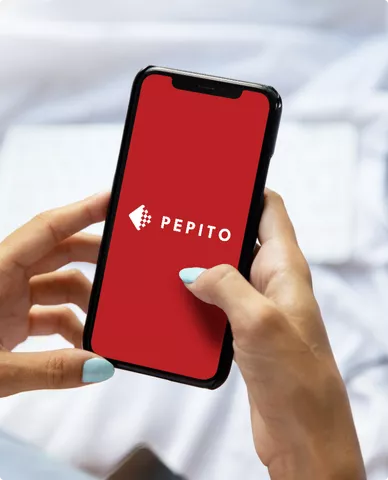Method 7 (ABP Processing)
Method 7 ABP processing involves specific procedures for treating animal by-products, ensuring they are safely managed and utilised according to EU regulations.
Method 7 ABP processing, as defined by EU regulations, is a versatile method authorised by competent authorities based on the identification of relevant hazards and the method's capacity to mitigate those hazards. This method includes:
| Hazard Identification and Risk Assessment | The operator must identify relevant hazards in the starting material, considering its origin and potential risks. This assessment takes into account the animal health status of the Member State or specific area where the method is to be used. |
|---|---|
| Hazard Mitigation | The processing method must demonstrate the capacity to reduce identified hazards to a level that poses no significant risks to public and animal health. This includes ensuring compliance with microbiological standards for derived products. |
| Microbiological Standards | Daily sampling over 30 production days must ensure the absence of Clostridium perfringens in 1 gram of the product, Salmonella in 25 grams, and acceptable levels of Enterobacteriaceae. |
| Critical Control Points | Critical control points must be established, including parameters like particle size, temperature, time, pressure, and raw material feed rate. These parameters must be monitored and recorded to ensure consistent processing conditions. |
| Regulatory Compliance | The competent authority may authorise the use of Method 7 if it meets the necessary safety and effectiveness criteria. Records of compliance with microbiological standards and critical control points must be maintained for at least two years. |
Method 7 ensures the safe and effective treatment of ABP, adapting to specific hazards and regulatory requirements to protect public and animal health.



